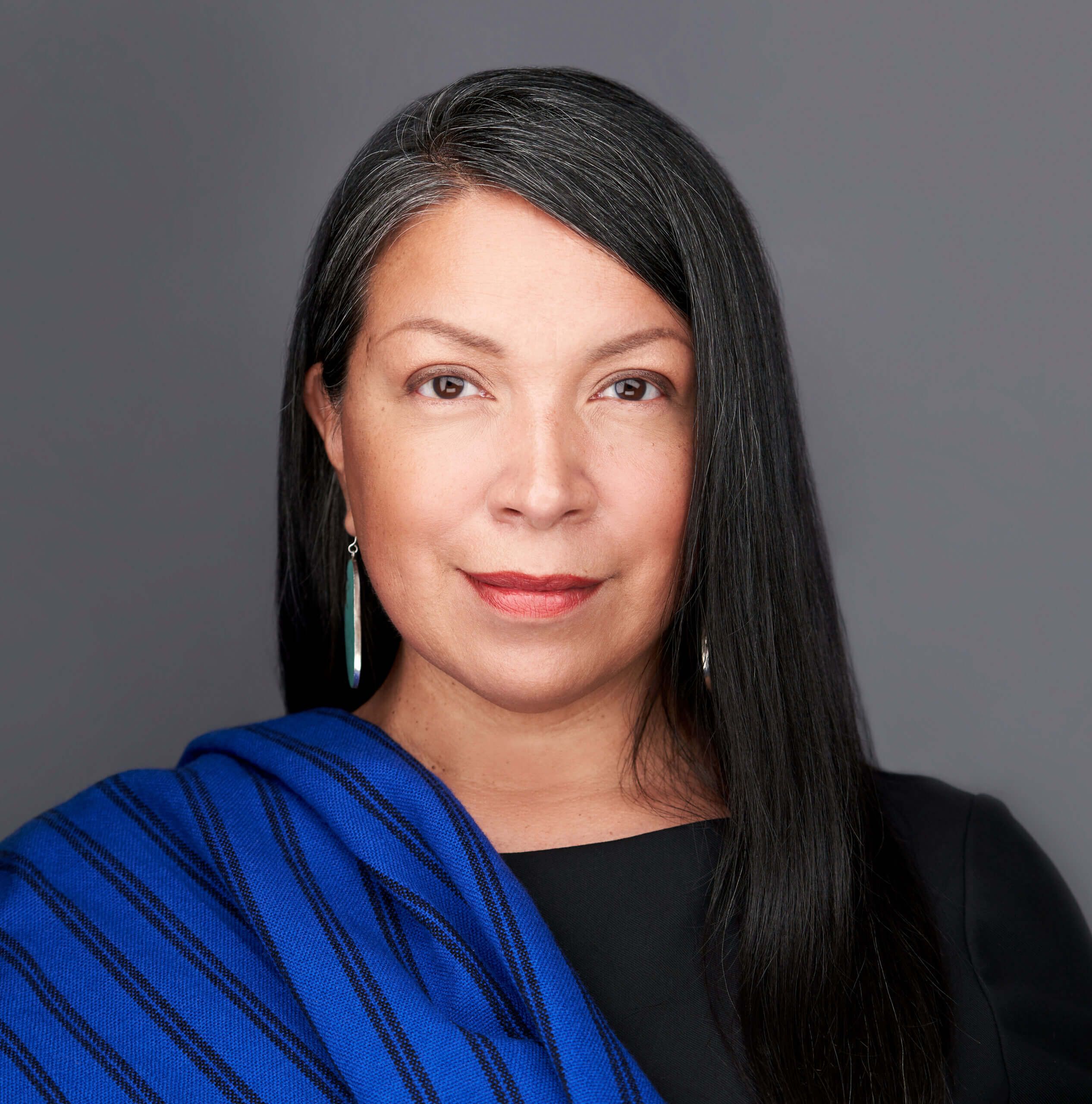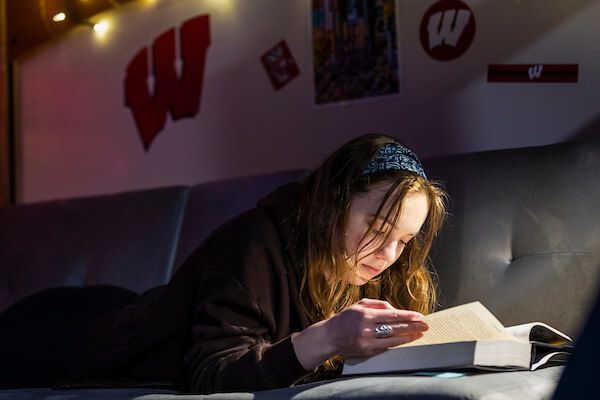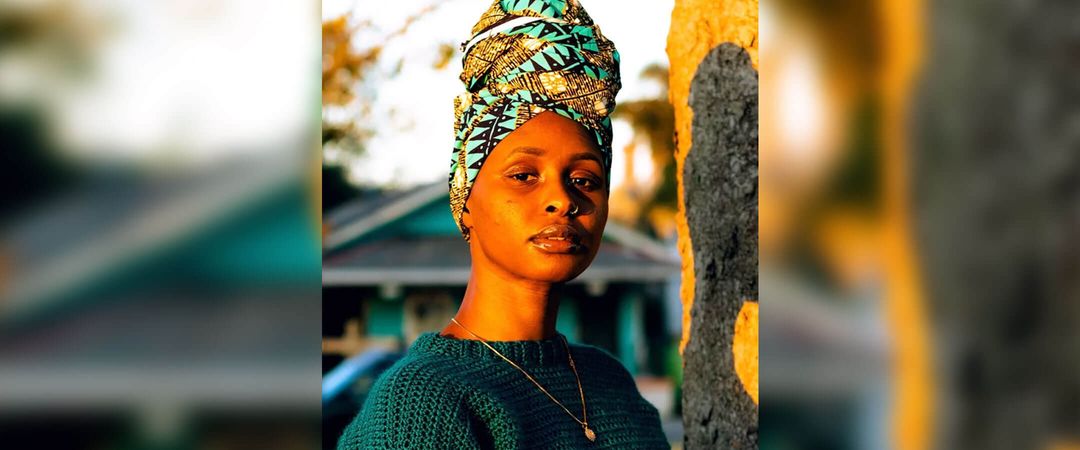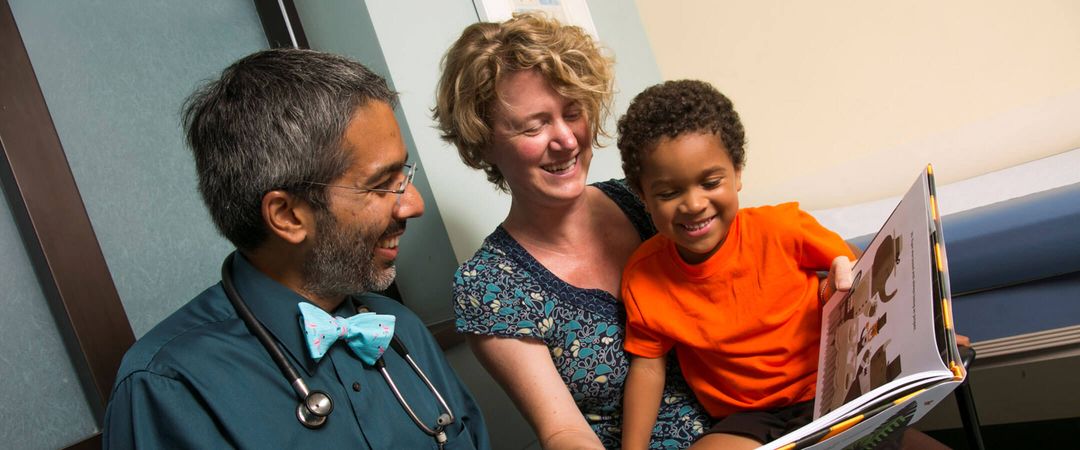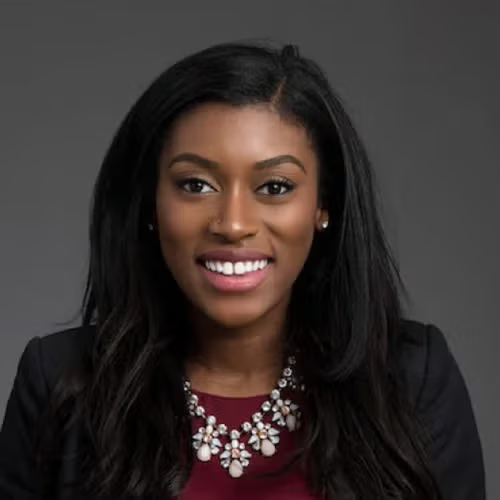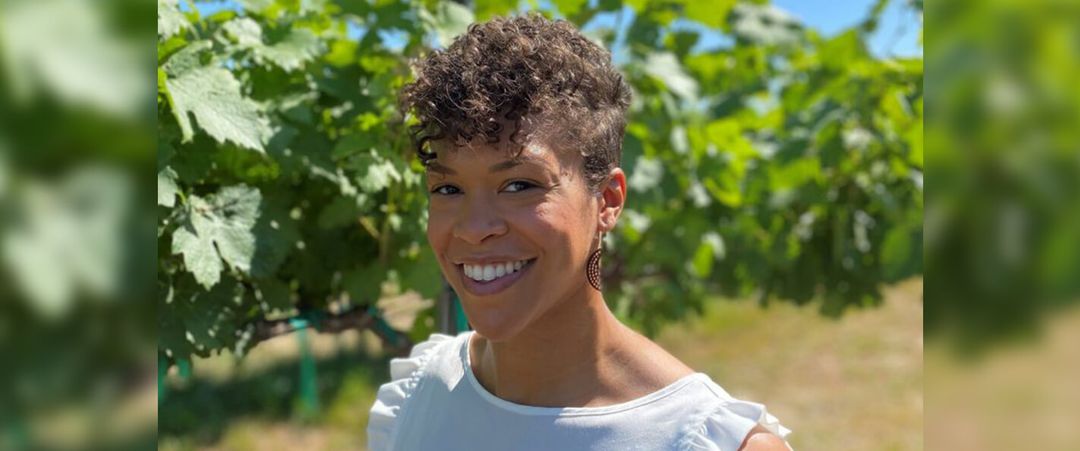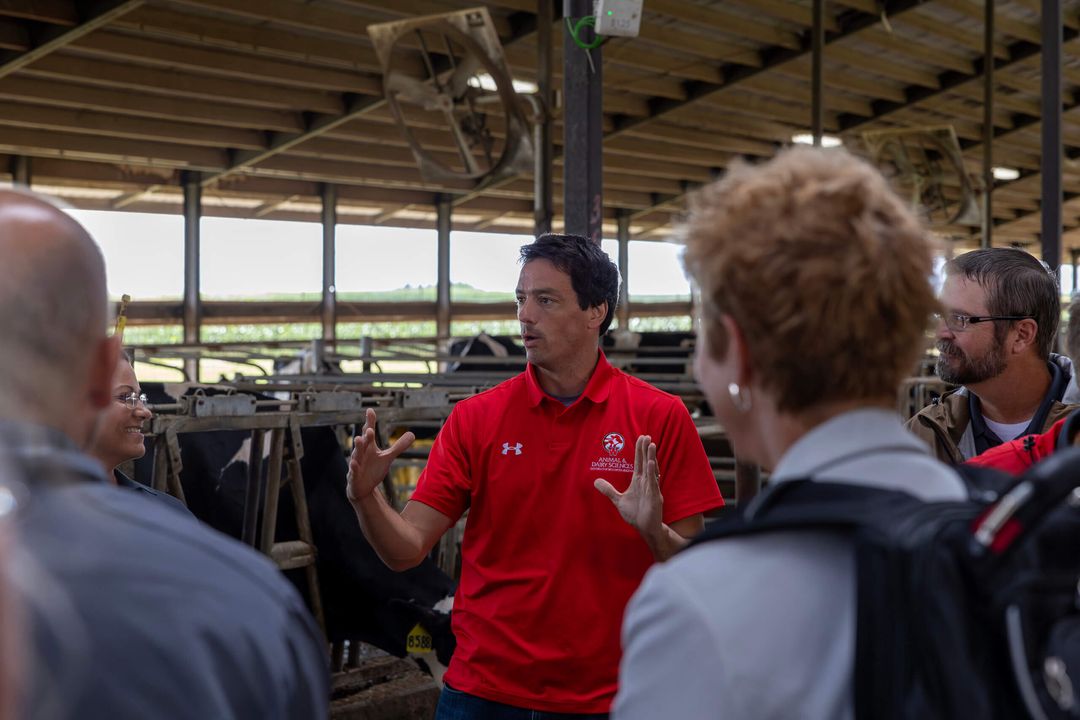Patricia Marroquin Norby, of the Purépecha people, has had a lifelong learning relationship with Native American and Indigenous arts. While growing up in Chicago and attending events at the American Indian Center, and throughout her fine arts education at Clarke College and UW–Madison, she learned beading techniques and regalia-making methods from women across many Indigenous communities. These experiences formed the basis of her personal theory: in urban areas, where there are no reservations, “Indians attract Indians.” In other words, Indigenous people seek each other out and build supportive communities in which they can connect and create. And Norby’s career as an artist, museum director, and now the inaugural associate curator of Native American art at the Metropolitan Museum of Art in New York City evidences that beautiful things can happen when Indigenous people come together and learn from one another.
A learning connection with Ho-Chunk artist and UW–Madison professor Truman Lowe MFA’73 played a particularly important part in Norby’s development as an artist and as a curator. As a professor, Lowe was encouraging but exacting. “He had really high standards,” Norby states. These high aesthetic standards made Lowe a perfect pick to serve as the contemporary curator of the Smithsonian National Museum of the American Indian (NMAI), and he brought Norby’s eye for art along with him to Washington, DC. There she helped research and develop the very first exhibits at the NMAI when it opened in 2004.
Norby’s current exhibition at the Met, Water Memories, features Lowe’s 1993 sculpture, Feather Canoe. It also highlights art from other UW associates, alumni, and professors, including Tom Jones ’88 and Janice Rice MA’75, both members of the Ho-Chunk Nation.
What inspired your interest in Native American and Indigenous art?
Well, I’m a trained fine artist. Also, my family is very creative. I connected with a lot of Indigenous women over the years and learned about beadwork and regalia-making techniques. I learned how to make moccasins with smoked deer hide and how to bead them — just a number of different techniques. The creative methods shared with me are not traditional to my own community. But I’ve always been interested in how things are made — a sense of aesthetic curiosity. That’s still very much part of my curatorial practice. I’m very drawn to materials and the actual process of making things. That’s incredibly fascinating to me — how Indigenous artists go about that from traditional as well as innovative practices.
Did you seek out these opportunities to learn Indigenous art on your own, or did you learn from people already around you?
I was born in Chicago. So, in urban areas, there are networks where Native American and Indigenous people get together and have meals, socialize, or do some type of creative or educational activity. It’s just really a healthy way of connecting. At the UW, it was incredibly diverse in terms of Native American Indigenous students, and it was a very welcoming and embracing community. For instance, there was a Native American men’s drum group who invited my young son to be part of that. It’s a way of networking and connecting and helping Indigenous people to stay together. I learned from women who I made connections [with] within those groups. It became a consistent part of my life.
How do you approach curating an exhibition like Water Memories?
With Water Memories, I wanted to place Native American and Indigenous artworks in dialogue with non-Indigenous works and create a stream — a narrative of water. What really came forward were all the personal stories that were associated with the artworks. And so, the exhibition really draws out those personal connections with each of the items on view. That’s one reason why we have the word memories in the title. The narrative is framed around very intimate moments — memories that each artist or community had in connection to a work on view.
That was important because you want to create an exhibition that your audience can connect with. Presenting the works according to a memory or an intimate moment, that’s something that everyone can relate to. Everybody has a memory of water, whether it’s a negative memory or a positive memory or a peaceful memory or a really fun moment. There’s a variety of associations that we have or impressions that water has made on our lives because it’s something that we engage with every day.
Why is it important to bring in more community voices and memories into the curatorial process?
It’s part of my ongoing goal with presenting Native American and Indigenous works appropriately and according to Indigenous perspectives. Because we have such a diverse presence of Native nations here in the U.S., it’s impossible for any individual curator to know everything about cultural protocols and all the languages. I’m consistently in conversation with different communities and community members. I am deeply grateful for the knowledge that has been offered. It’s exciting to hear what is said about a basket or a pot, for instance: the cultural context, the environmental history, the artistic lineage. There’s so much knowledge communities are open to sharing. There’s also knowledge that is not appropriate to be shared. I respect this. Following their lead and their guidance about how a work can be placed on view, I think it’s the best way to work. It’s the best practice. It takes time, patience, and listening.
How has the establishment of your position been a transformational moment for the Met?
We’ve gone from presenting works from a single curatorial perspective to now foregrounding Indigenous voices and partnering with communities. Since 2018, we’ve collaborated with community members on writing exhibition labels, creating checklists, [coordinating] exhibition commissions, or requesting guidance with exhibitions and programs. It’s all about collaboration and growing partnerships. Our upcoming exhibition, Grounded in Clay: The Spirit of Pueblo Pottery, will be the first exhibit at the Met that will be entirely community-curated. Over 60 members, artists, and educators from Pueblo nations of New Mexico curated this next major project which will open in July 2023. This is a significant change from our established exhibition process.
The field has changed significantly during the past 20 years that I’ve been involved. Indigenous voices have really been pushed to the foreground. It’s an incredible time right now. We have the strongest representation of Native American and Indigenous museum leaders and curators right now. It’s stronger than it’s ever been. I’ll keep supporting that growth however I can.
